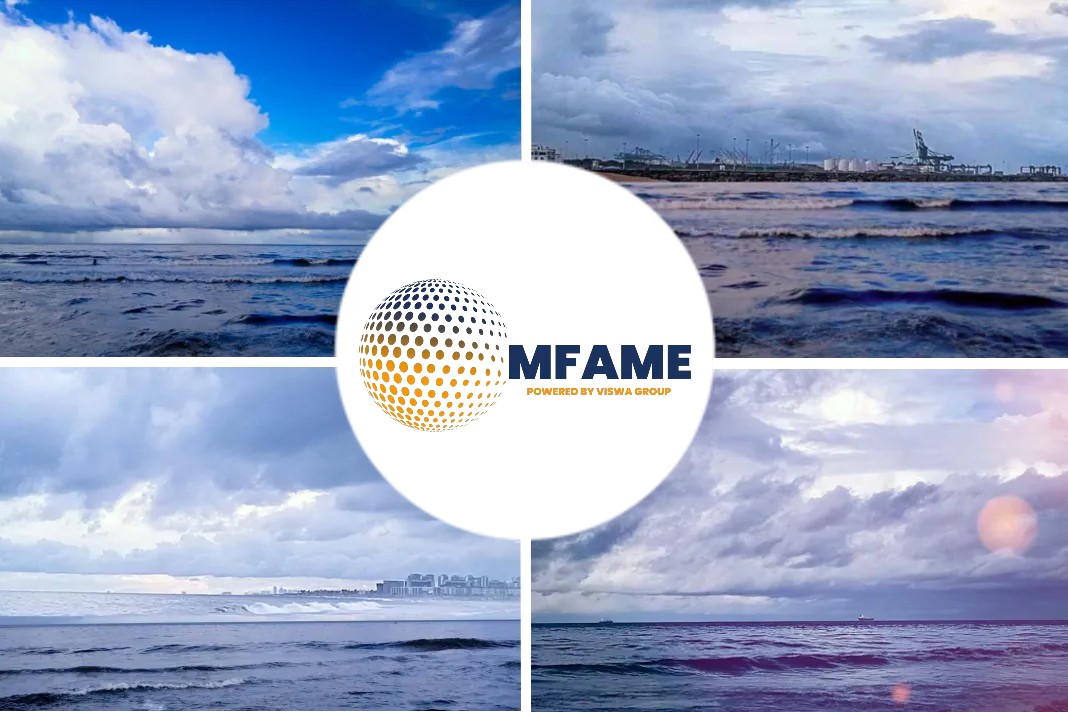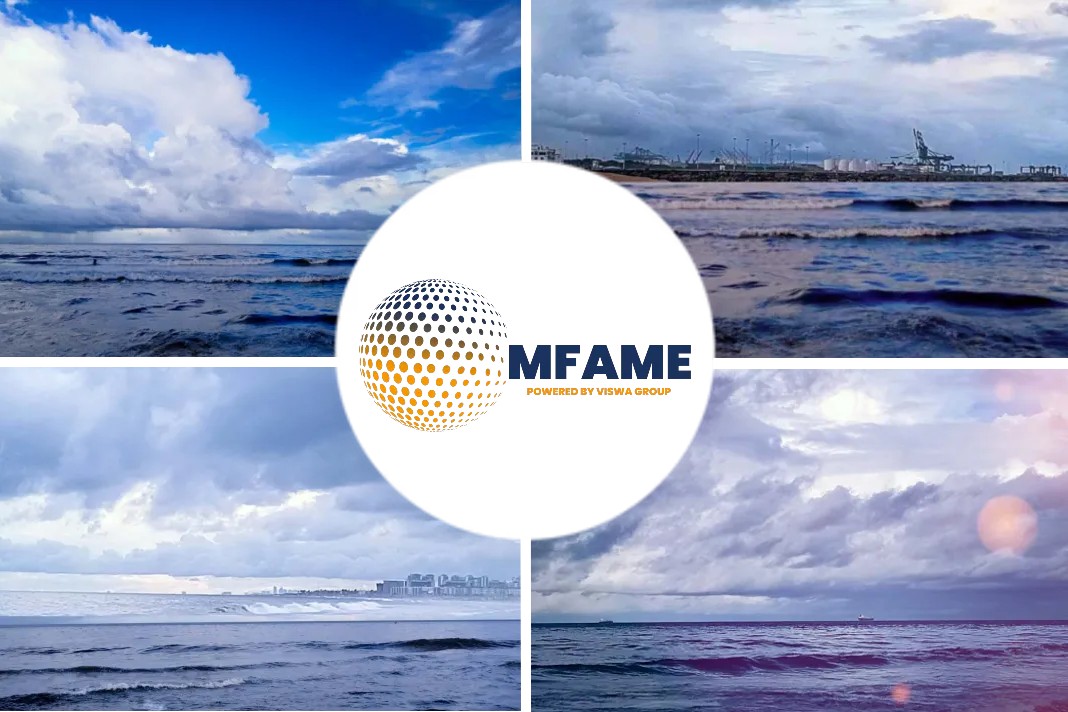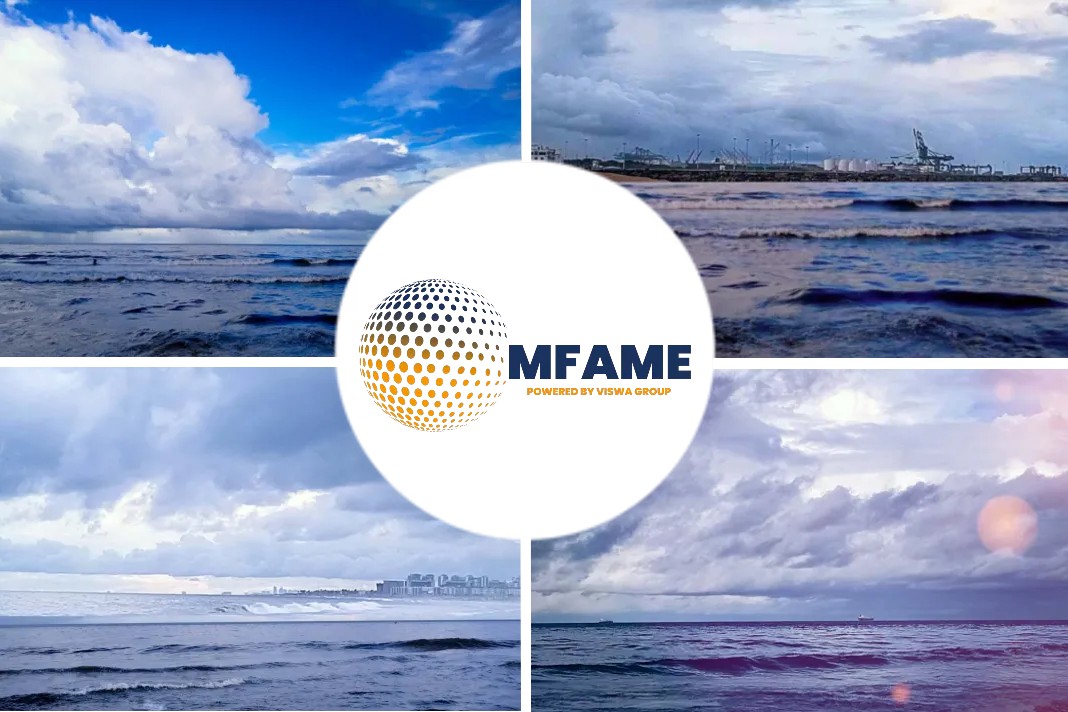 Over the years, the police have auctioned off various items seized from crimes: Clothes, cameras, computers and, once in a while, a supercar or two. But the latest article up for sale is quite different – it is more than 100m long, weighs more than 3 million kg and, according to court documents, is valued at US$4.5 million (S$5.9 million), reports CNA.
Over the years, the police have auctioned off various items seized from crimes: Clothes, cameras, computers and, once in a while, a supercar or two. But the latest article up for sale is quite different – it is more than 100m long, weighs more than 3 million kg and, according to court documents, is valued at US$4.5 million (S$5.9 million), reports CNA.
Seized tanker
The item in question is the chemical oil tanker Prime South, which the police seized in 2018 after it was used to receive stolen marine gas oil worth an estimated US$7.1 million from Shell’s Pulau Bukom refinery.
The pilfering was part of the largest marine fuel heist from Shell’s biggest petrochemical production and export centre in the Asia-Pacific.
Not many items seized by the police and auctioned off are valued in the tens of thousands of dollars, making the tanker – valued at millions – an even rarer sale.
The ship was owned by Prime Shipping corporation, a Vietnamese shipping company.
The ship’s captain and chief officer, both Vietnamese nationals, have been sentenced to 70 months’ and 30 months’ jail respectively for conspiring with others to dishonestly receive stolen marine gas oil.
The State Courts ordered the forfeiture of Prime South in October last year, citing Prime Shipping Corporation’s complicity in the offences, its ship being extensively used in the commission of the offences, and the need to deter similar offences.
In February, the High Court dismissed an application by Prime Shipping Corporation to set aside the order, pointing out that there was strong justification for the forfeiture.
The police said on Tuesday (May 18) that it will continue to clamp down on crime syndicates operating in Singapore and “spare no effort in depriving such persons of the instruments or benefits of their crimes”.
Ship will attract ‘fair amount of interest’
Prime South will be put up for sale at a public auction on Jun 4, with proceeds going to the state. The auction will be handled by Knight Frank.
Shipbroking firm Star Asia said the Prime South will attract a “fair amount of interest” as it has been in the news.
“The size and type of this vessel is a popular one in the region to carry small (cargo),” Star Asia managing director Rohit Goyanka told CNA.
“Buyers will use her mainly for trading palm oil, easy chemicals and some may use her for (transporting) marine gas oil as well.”
Mr Dennis Tan, a partner at shipping law firm DennisMathiew, said it is “quite rare” based on his 24 years of practice to see a cargo vessel in Singapore being forfeited in the prosecution of a crime.
“When market price is high and there is demand for such a vessel, people hope to get a good deal,” he told CNA.
 Auction prices
Auction prices
While Mr Goyanka estimated the ship’s market value to be between US$5.75 million to US$6 million, he suggested that the auction price could be about 20 per cent to 25 per cent below that.
“Auctions are a great time to acquire assets as they are sold usually at slightly below market values,” he said, adding that potential buyers will typically come from the region.
“If the auction is in Singapore, then usually regional buyers from the Far East will be more active. These days a lot of Chinese buyers are buying vessels of such size and type.”
Even if the demand is not high and the market price is low, Mr Tan said some people might still look to make a profit from the sale of scrap metal, especially if the ship is old.
Mr Martin Marini, a shipping industry veteran and consultant at the Farallon Law Corporation, said a key thing to consider is that the ship has been in storage since 2018, with all on-board machinery completely shut down and without maintenance done.
This means that before the ship can sail, the buyer would likely have to do some repairs or maintenance work on the ship’s hull and machinery, as well as renew its class and statutory certificates.
With that, some buyers might decide it is more worthwhile to break the ship up before selling off the scrap metal and equipment.
“A lot (of the price buyers will offer) depends on her physical condition and her surveys,” Mr Goyanka said, referring to how serious buyers will send a third-party surveyor to first inspect the ship.
What do buyers look out for?
CNA visited Prime South at the Az Marine shipyard in West Coast on Friday, one of two days for the public to inspect the ship. Prime South, sandwiched between other ships, was docked beside an unmanned police patrol vessel.
Getting on board required a steep traverse along a metal gangway – the ship was floating higher than usual as its numerous tanks, usually filled with marine oil, have been drained out and were now empty.
The first stop was the ship’s manifold, which would have been where the stolen fuel was received. The section was a tangled mess of pipelines and connectors where oil or chemicals could be loaded or unloaded. The pipes led to tanks below the deck.
“We would also request a third-party surveyor to inspect the tanks,” Mr Goyanka said.
“As she is a tanker vessel, we would check for slops (oily water mixture from washing the tanks) and stainless steel heating coils to see if all are in working order.”
Surveyors would also check the main engine and machinery parts, as well as the overall interior and exterior conditions, he added.
It was another steep descent into the engine room, down a dark and narrow flight of stairs beside a clear plastic hose that pumped air into the room. There was no light or ventilation because all the ship’s systems were off.
Once downstairs, shipyard workers used smartphone torchlights to illuminate what was actually a cavernous space with machines and gauges in every corner.
To the untrained eye, the area looked clean enough, with no oil leakages or smelly fumes. But ensuring that everything was in working condition required more than a cursory glance, especially as nothing had been switched on for so long.
 The bridge or the cockpit
The bridge or the cockpit
Mr Marini said surveyors would want to ensure the good working condition of the bridge equipment, which crew would use to navigate and steer the ship, as well as communicate with other ships or the authorities.
Some parts of the bridge looked like they had remained untouched since the ship was seized. Workspaces were strewn with charts, tables and unopened packs of Vietnamese instant coffee.
The final stop after getting off the ship was a small table near the entrance of the shipyard, where potential buyers flipped through a clear folder.
This contained important documents like the ship’s registration and equipment certificates, some of which had expired.
“The surveyor would view trading certificates and official technical booklets to see if all are up to date,” Mr Goyanka said, adding that this includes logbooks and records of past accidents.
Online action
As for the auction, a Knight Frank spokesperson said it will be held physically with safe management measures. However, the company said it was still monitoring conditions and did not rule out holding a virtual auction.
When asked about the ship’s reserve price, the spokesperson said this was “strictly confidential”.
According to Knight Frank’s general conditions of sale, prospective buyers must sign a form to refrain from participating in anti-competitive conduct, and bring along on auction day a cashier’s order of S$200,000 payable to Knight Frank.
Mr Goyanka said ship auctions in China are usually done online with password-protected entry. Chinese courts have also been known to auction off seized properties, including ships, on the e-commerce website Taobao.
“But for Singapore, usually a best offer is given and selected upon,” he added. “So, it is very straightforward.”
Did you subscribe to our daily newsletter?
It’s Free! Click here to Subscribe!
Source: CNA
















